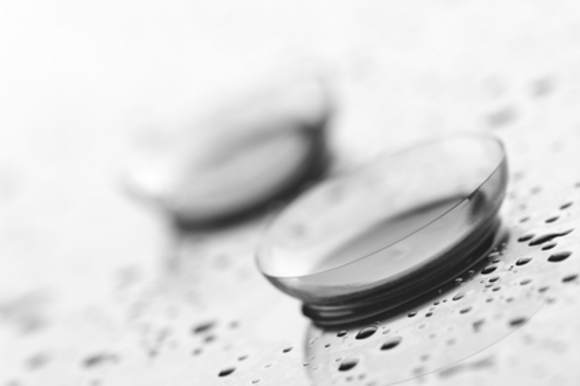<p>One of the main decisions you’ll have to make when you get a new pair of contact lenses is whether to wear hard or soft lenses. Soft contacts are a popular choice for many wearers, as they generally provide a wider range of comfort.<br />
Brands such as the Acuvue line are known for keeping the eyes moist throughout the day so comfort will remain high. People may lean toward soft contacts for the comfort, but there are several other bits of information that are good to know if you they are your choice.<br />
<strong>Hygiene </strong><br />
Hygiene is what will prevent eye infections from finding you through your contact lenses. Even contacts like Acuvue Advance, Acuvue Oasys and Acuvue 2 require proper hygiene to keep your eyes healthy. Clean hands are the first line of defense and you must follow the cleaning, rinsing and disinfecting process laid down by the manufacturer.<br />
Since the instructions may differ according to manufacturer, make sure to read the instructions that come along with your contacts. It only takes a few minutes and it might save you some headaches later on.<br />
Some people actually require a special product to remove protein because they deposit more than normal. Some people suffer from dry eyes more than others and require more lubrication. Every situation is different so it’s always important to make adjustments accordingly with the hygiene.<br />
<strong>Materials</strong><br />
The plastic material that soft contacts are made from is known as ‘hydrogel’. An important feature about this plastic is that it is able to absorb large amounts of water. This helps keep the comfort level higher because the lenses stay soft.<br />
You will often find different levels of moisture in hydrogel contacts, sometimes all the way up to 75 percent. These contacts are usually classified as either low, medium or high water content.<br />
<strong>Surface Charge</strong><br />
Soft contacts also have a surface charge, and you will find them with either a non-ionic charge or an ionic charge. Ionic lenses are negatively charged, and non-ionic contacts have a treatment applied that’s designed to lower the negative surface charge.<br />
<strong>Extra Materials</strong><br />
Traditionally, one knock against soft contacts is that they don’t transfer oxygen quite as well as hard contacts. Some of the more recent versions add silicone to the hydrogel to help enhance the oxygen transfer.<br />
Some other contact manufacturers add treatments and products to prevent the contacts from drying out too much during the day. Acuvue contact lenses are designed with moisture content in mind.</p>
<h5>Featured images:</h5>
<ul>
<li> <span class="license">License: Royalty Free or iStock</span> <span class="source">source:http://www.depositphotos.comClearly Contacts is the clear choice for all of your eye wear eye care needs. Offering a one day acuvue moist contact lenses, you can order discount contact lenses online and save. </span></li>
</ul>

Soft Contact Lenses – The Basics
